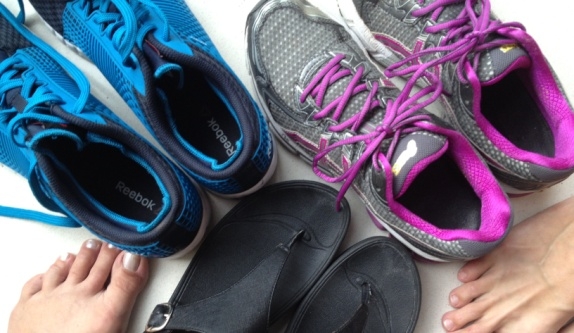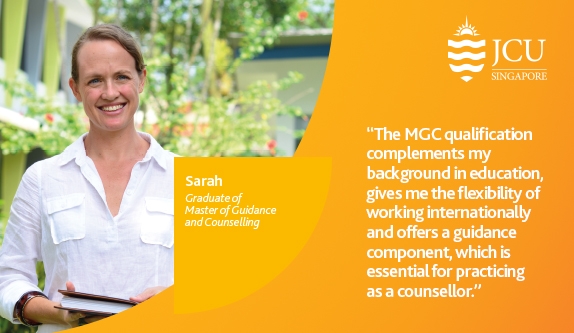
The thing about using the tool called ‘diagnosis’ as a method for understanding is that it is in danger of doing the exact opposite – ‘understanding’ I mean.
It’s a very good tool for separating out the slow from the fast, the usual from the different, the sick from the well (bearing in mind the relativity of terms) but Diagnosis does all this organising at what cost exactly?
If knowledge is power as they say, does the knowledge of a diagnosis bring increased power to the individuals concerned? I suppose it depends on which side of the diagnostic fence you sit on.
There is no doubt that diagnosis can often bring comfort. “Thank goodness all those years of professional training haven’t been wasted,” says one. “At least I finally know what or who I am now!” says the other. So comfort has been achieved. But has it brought insight?
One benefit of a diagnosis is that, at the very least, it puts a marker down and unequivocally defines reality – doesn’t it? Well, unfortunately, not necessarily so. It’s much more likely to provide you with a snapshot of the reality of our times – the times we live in – which is a different thing altogether.
For example, a professional Journal I subscribe to ran an article recently, telling us all how medical prescriptions for anti-depressants had risen, yet again, in England to just over 53.3 million within 2012/13 – whilst in 2008 the figure was 35.9 million. So are we all getting more depressed as the twenty first century rolls on, or are diagnostic prescriptions just getting too big for their own boots and a wee bit too enthusiastic for their own good – as well as for the good of our health too?
I noticed a similar phenomenon during an academic exchange visit to the USA in the early 1990’s. At the time, I’d never heard of ADHD (Attention Deficit Hyperactivity Disorder) but the University Psychology Group I sat in for a morning were well familiar with the term as if they were talking about their home town or one of the family.
Back in the UK, most of my colleagues had little awareness of this diagnostic classification either. Nearly twenty five years later it’s now a very familiar ‘psychiatric disorder of the neurodevelopmental type’, Wikipedia informing us that, ‘despite being the most commonly studied and diagnosed psychiatric disorder in children and adolescents, the cause of the majority of cases is unknown’. One can reasonably deduce therefore that an awful lot of certainty is being invested in relative ignorance.
Which all brings me back to the fundamentals of my earlier question – does diagnosis actually help the situation at hand? Does it assist and enrich understanding? Because what we should be talking about here is a serious attempt to really understand the nature of a particular person who, at this particular juncture, has a life concern.
Instead, with so much talk of ‘disorders’ we’re in danger of becoming problem fixated and forget that there’s actually a human being buried underneath all this diagnostic verbiage. Is there a psychiatric term for such a condition I wonder?
What is a ‘Disorder’ anyway? Apart from sounding most unsavoury, as a term, it appears to describe the completely wrong type of socks to warrant inclusion in the orderly sock drawer. It certainly doesn’t present itself as a country you would care to visit or a state of mind you would likely aspire to.
In some quarters, ‘condition’ has replaced ‘disorder’ in a brave attempt to simply describe the existence of a circumstance rather than getting all pejorative about it. In other quarters, there is an even braver movement towards asking the person concerned how they themselves would like to explain their predicament? Apart from sounding like a well-mannered and civil thing to do, this also represents a shift towards encouraging self-definition – self labelling if you will – rather than being obliged to accept the label imposed on you.
Which leads me to a personal confession of sorts – as well as to the source of my own diagnostic training.
I think – I’m pretty convinced actually – that my father had an Obsessive Compulsive Disorder. He was OCD. There we have it. It’s out there now and there’s no going back. Completely escaping diagnosis or course, because by all accounts and for want of a better phrase, he was as sane as you or me – if that’s anything to go by. Yet my belief is that definite OCD traits were part of my Dad which he carried around with him for probably all of his adult life – along with other parts of course, that in sum total made him the man he was.
How do I know this?
It wasn’t difficult really. I knew it well before I knew about it, so to speak. As a child, I remember sitting in the back seat of our Morris Traveller waiting for my Dad to get in and drive us off somewhere. He, in turn, would still be glued to the front door, obliged to lock it, unlock it, then lock it again, this cycle repeating itself over and over again. Sometimes he would also have to touch the door handle for a specific number of times too. My Dad stuck to the spot, his son observing his behaviour, always fascinated and often irritated. My Dad finally forcing himself to break away from the gravitational pull of this mental entrapment to turn and face the anxious consequences of the unknown – from which (we all know deep in our hearts) there is no final escape.
Arriving at last to the car I would often challenge him accusingly. “What were you doing?” knowing intuitively exactly what he was doing. “Nothing,” he would say. “Just locking up.” Although only young, I knew what he was doing perhaps as much or even more than he knew himself. Because I was an observer of another’s behaviour and it’s safer that way when you’re trying to understand the workings of yourself at the same time.
I knew, because I could feel his anxiety. I knew because it was my anxiety too, the only difference being that mine wasn’t being played out so openly at the front door for others to see. I could see his so clearly because I could feel my own so acutely.
Because if you think about life – about the process of living – too much, it can be frightening – indeed overwhelmingly so at times. There is probably an optimum level to think about your life. Too little, perhaps your life is too unexamined and you could do with letting a bit more in! But too much thinking can make you realise how precarious your safety actually is. In other words, it’s OK to walk the narrow edge of life just so long as you don’t look down too much or too often, but once you do, then the wobbling is liable to start and after that there’s surely only the fall left – or so you fear.
My Dad’s OCD, in its own way, protected him. He over-examined his life, saw how scary it actually was as a result and because he persisted in looking, he found that he needed protection. He found a strategy of success to counter his existential crisis – being all quite logical really – when you think about it.
So in conclusion, perhaps one way to more fundamentally understand others is to start up your very own self labelling society. Find a fitting label and try it on for size – for a short while at the very least. Noticing your own ‘Disorders’ (because I’m sure we’re all riddled through with many) and diagnosing them may not be a bad thing to do at all. It could actually be a good thing. Empathy and a deeper level of understanding others could be one result?
Dr Geoff McNulty
Senior Lecturer in Education, Guidance & Counselling at James Cook University, Singapore.
Read more about JCU.











